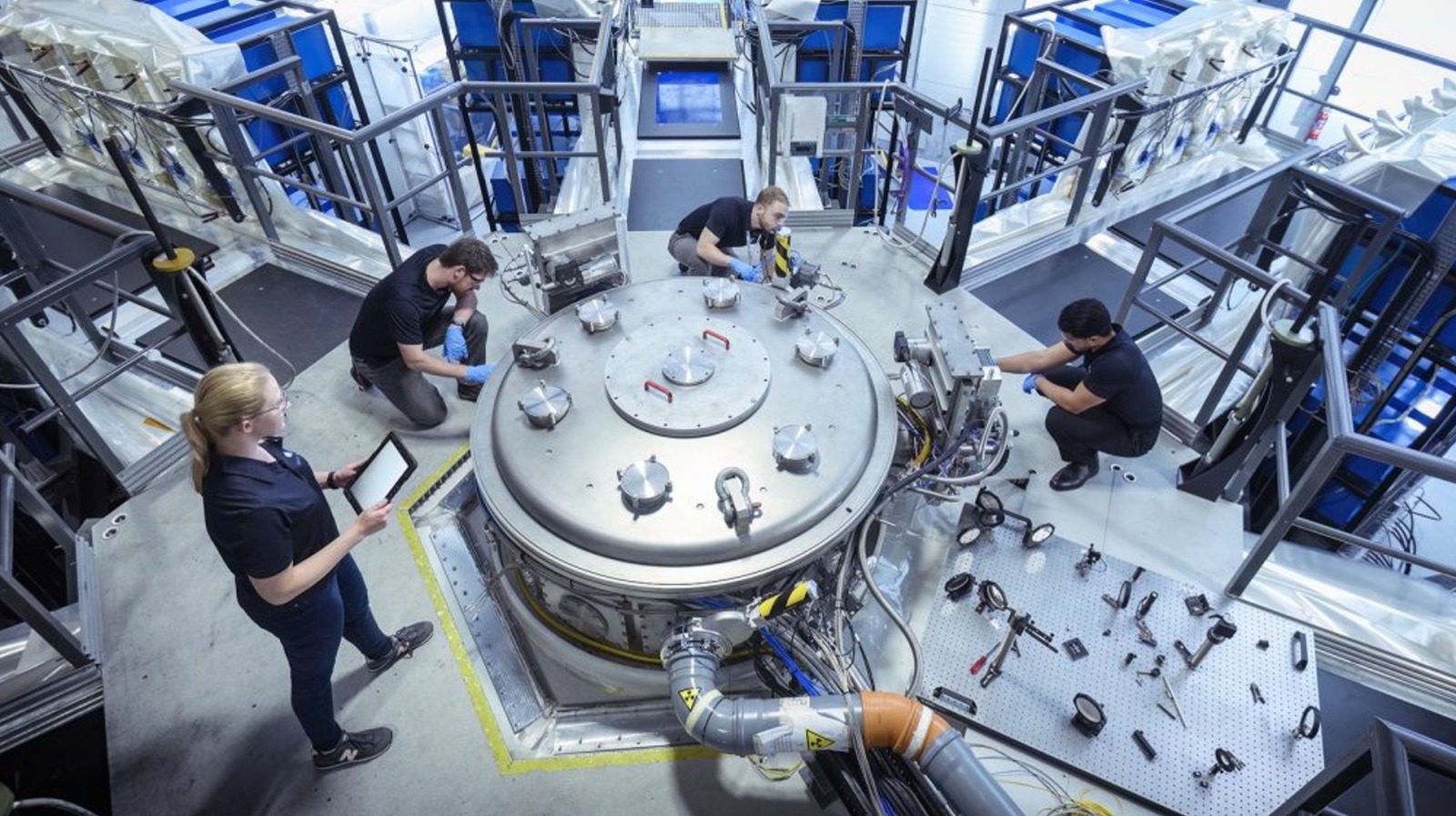A recent breakthrough in fusion power technology by **First Light Fusion** (FLF) in the United Kingdom has brought humanity closer to harnessing a nearly limitless energy source. The company has developed a method for achieving “high gain” inertial fusion, a significant advancement that could lead to the world’s first commercially viable fusion reactor. This innovation, referred to as **FLARE** (Fusion via Low-power Assembly and Rapid Excitation), marks a pivotal step toward sustainable energy production.
Fusion power utilizes the heat released during nuclear fusion reactions, where two light atomic nuclei combine to form a heavier nucleus, liberating a substantial amount of energy. If successfully harnessed, fusion reactors could provide a clean alternative to fossil fuels, significantly reducing global greenhouse gas emissions. To date, while research in this field has progressed, no functional fusion reactor has yet been realized.
FLF’s recent achievement is particularly noteworthy because it demonstrates a potential gain of **1,000**, a dramatic improvement over the current experimental gain of **four** achieved by the **U.S. Department of Energy’s National Ignition Facility** in May 2025. In fusion terminology, “gain” refers to a scenario where the energy produced by the fusion reaction exceeds the energy required to initiate it. Achieving sustainable gain is the ultimate goal in fusion research, and FLF’s success represents a critical milestone along this path.
The FLARE process involves separating the compression and heating phases of the fuel. Initially, the fuel is compressed, creating a surplus of energy, a technique known as “fast ignition.” This method is significant as it is the first practical application of a technology that had been theoretically explored yet remained elusive. FLF’s white paper highlights that merely **one kilogram** (2.2 lbs.) of fusion fuel possesses energy equivalent to **10 million kilograms** of coal (approximately 22,046,226 lbs.).
Ignition, the point at which the fuel reaches fusion temperature—around **100 million kelvin** (approximately **179,999,540 degrees Fahrenheit**)—is crucial for achieving self-sustaining reactions. While generating such extreme heat requires substantial energy input, the potential for self-sustaining fusion could vastly outweigh initial costs through enhanced energy output.
If FLARE functions as anticipated, it could pave the way for a network of fusion reactors capable of powering the world. This prospect transforms the conversation from “if” to “when,” as ongoing breakthroughs in fusion research continue to build momentum. The implications of such advancements could be profound, potentially transforming the global energy landscape and reducing dependency on non-renewable energy sources.
In summary, First Light Fusion’s innovative approach to achieving high gain in fusion reactions offers a promising glimpse into a future powered by clean, unlimited energy. As research progresses, the dream of sustainable fusion power moves ever closer to reality, holding the potential to reshape energy production for generations to come.







